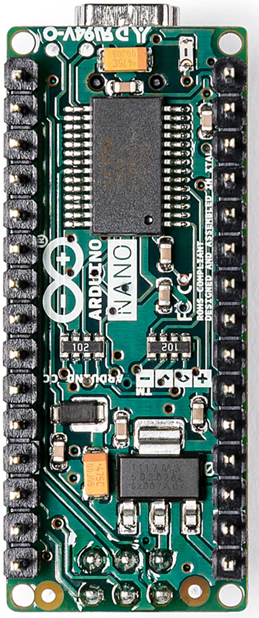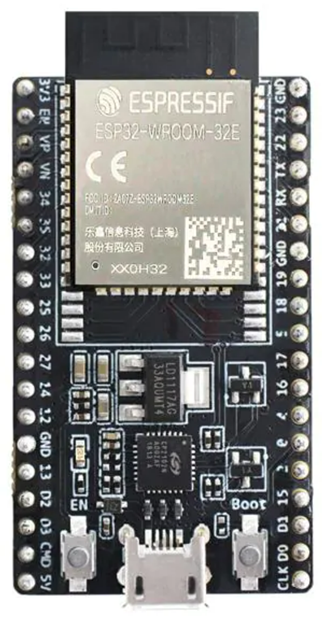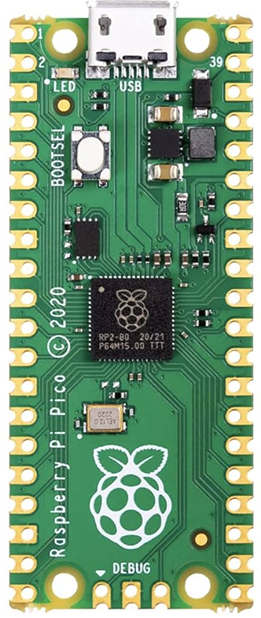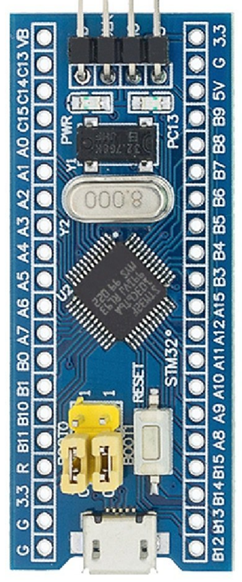Microcontroller Boards
Microcontrollers are often packaged as boards with connectors for sensors, controllers, displays, and other electronic components, and other components to simplify their use in building physical computing or IoT solutions.
While specifications vary across boards, they all generally have the following:
-
A Microprocessor:
The microprocessor is the main computing component on the microcontroller board that executes program instructions and controls the connected components. -
Memory:
Memory is used to store instructions and data. Memory can be volatile (the data is erased when the microcontroller is powered off) or non-volatile (the data is stored even when the microcontroller is powered off).Memory is categorized into two types:
- Flash/EEPROM (Erasable Programmable Read-Only Memory) which stores the instructions or programs.
- RAM (Random Access Memory) which stores the data used by the programs.
-
Serial communications interfaces:
Microcontrollers can be connected to a computer to upload programs and exchange data. Serial communication interfaces are used for that purpose. The serial communication happens through USB cables and through pins. Microcontrollers are pre-programmed with a boot loader that simplifies the uploading of programs to the on-chip flash memory. Boards are loaded with program code via a serial connection to another computer. -
Connector Pins
One of the main conveniences that microcontroller boards provide is easy-to-connect pins that make it easy to connect components, other boards, and power supplies. Most of the pins on the board connect to the pins on the microprocessor, while some may be used for board-specific functions. Without the convenience of board pins, you would need to connect components to the microprocessor using a process of soldering which is actually more professional but difficult for beginners or casual circuit builders. -
A 5V or a 3.3V linear regulator
Arduino boards can be powered from your computer or with a DC supply or batteries. The onboard regulator maintains the voltage at the required level to prevent damage to the board. -
USB Cable Connectors
These are used to allow the board to be connected to a computer from where the program can be uploaded. One important aspect of USB cables is that they are for charging only or for charging and data. For programming Arduino and other boards, you need cables that support charging and data. Data cables have four connector wires in the USB interface, while power cables have only two connector wires. It is not easy to differentiate between the two visually, so you must read the specifications thoroughly.
Popular Boards
The Arduino UNO is the flagship board of the Arduino family of boards. It is robust and easy-to-use, with a good number of pins, making it ideal for beginners.
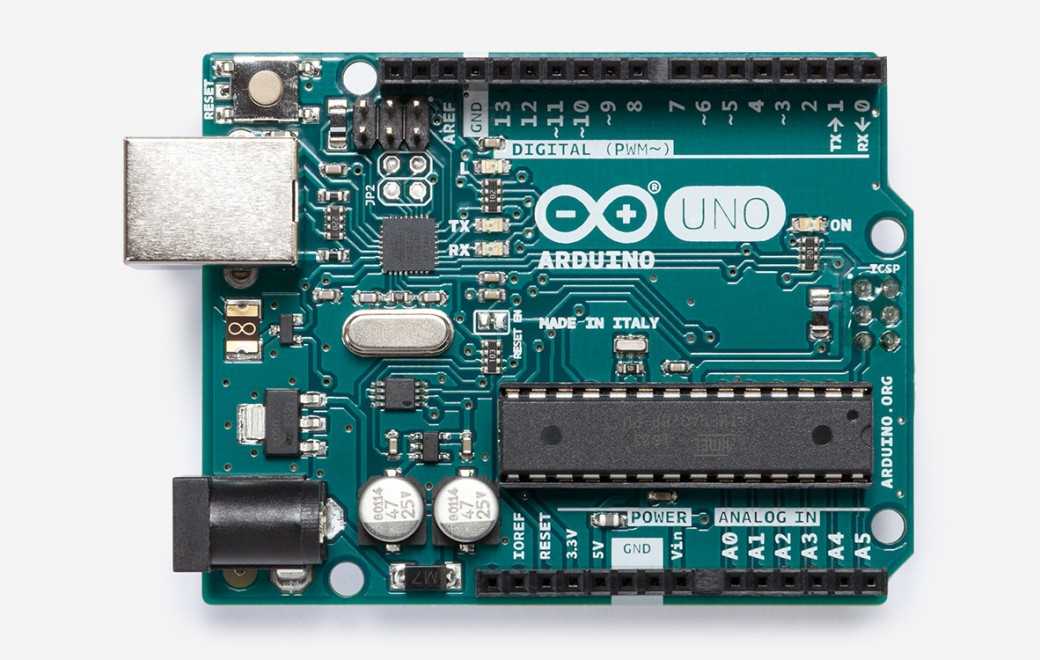
There are four other microcontroller boards, shown below, that are popularly used for learning to build Physical Computing and IoT solutions. Of these, the Arduino Nano is very similar to the Arduino UNO but is smaller in size, breadboard mountable, and costs less than the UNO, making it a good alternative.
